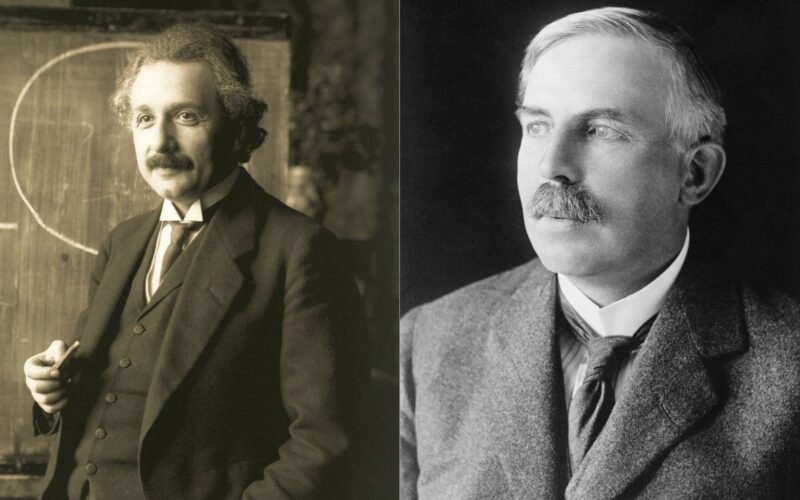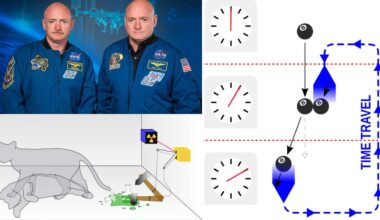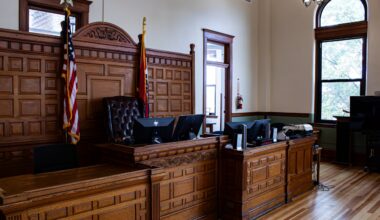Ditch the textbooks. Forget memorizing formulas for a second. Real physics is forged in the white heat of curiosity, where mind-bending questions meet audacious experiments. These aren’t dusty footnotes; they’re detonations that shattered old realities and rewrote the universe’s rulebook. Prepare to witness how sheer genius, daring setups, and sometimes pure accident ripped open the fabric of everything we thought we knew. Here’s your essential tour of the experiments that changed everything
1. Young’s Double-Slit Experiment (1801): Light Waves Vs. Particles
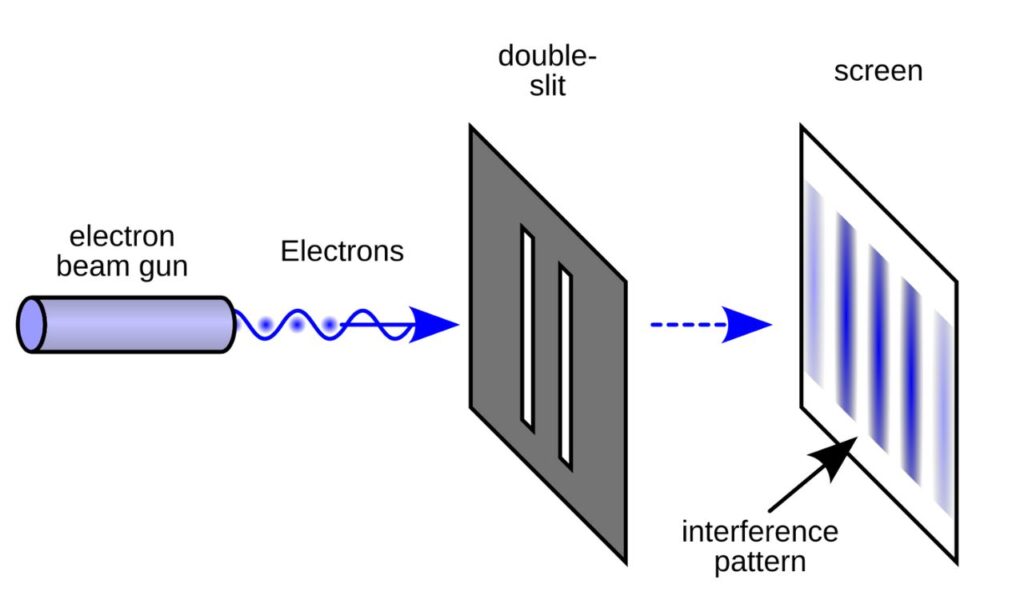
Thomas Young aimed light at two narrow slits. The pattern emerging wasn’t two bright stripes. It formed bands – an interference pattern. This irrefutable signature of wave behavior challenged Newton’s particle theory of light. He proved light dances like a wave. Centuries later, firing single particles (even electrons!) through the slits still creates interference. The ghostly pattern persists, forcing the bizarre conclusion: a single particle interferes with itself. It revealed the core strangeness of quantum mechanics long before the theory existed.
2. Cavendish Weighs the World (1797): Measuring Gravity’s Pull
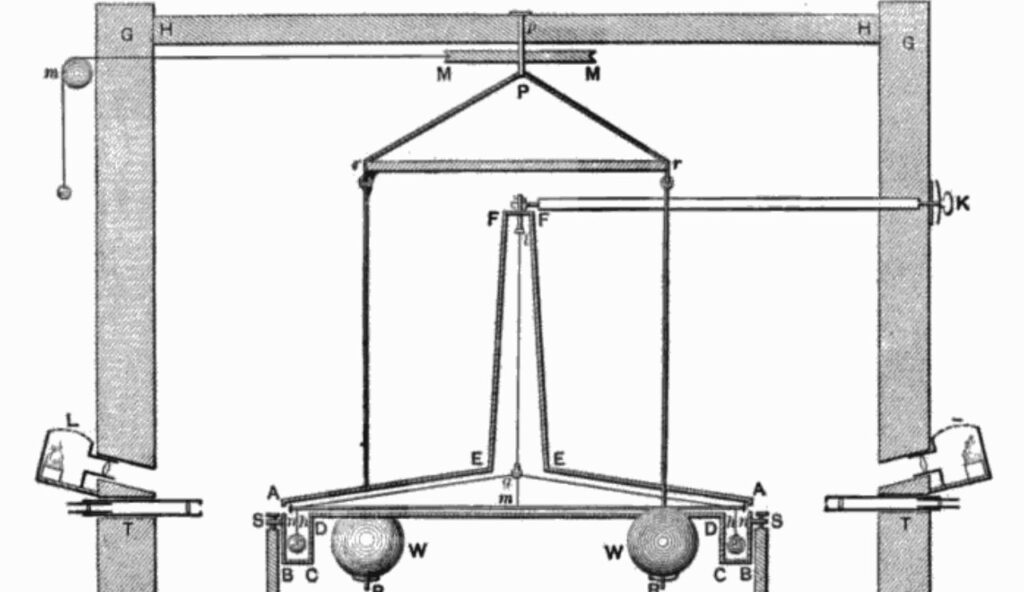
Henry Cavendish built a delicate torsion balance. He suspended a rod with lead balls and brought massive weights nearby. The invisible gravitational tug caused the rod to twist minutely. Measuring this twist, Cavendish calculated Earth’s density and, crucially, the gravitational constant ‘G’. For the first time, gravity wasn’t just a force – it became measurable, quantifiable. He literally weighed the Earth, laying the foundation for celestial mechanics and understanding the force binding the cosmos.
3. Michelson-Morley’s Elusive Ether (1887): Shattering the Cosmic Medium
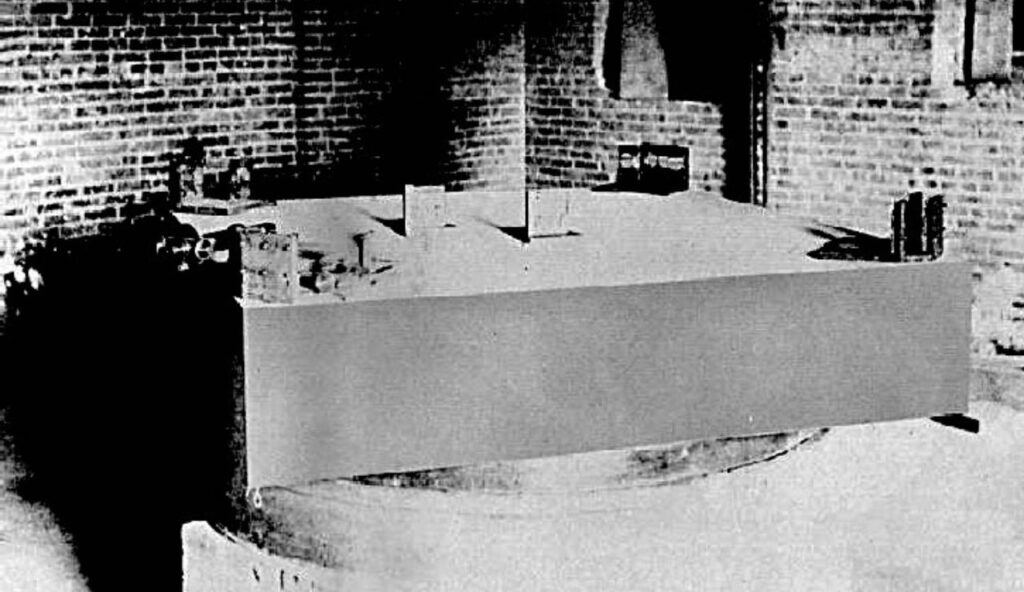
Physicists believed light waves needed a medium, the ‘luminiferous ether’, permeating space. Albert Michelson and Edward Morley built an exquisitely sensitive interferometer to detect Earth’s movement through this ether. They split light beams, sent them perpendicular paths, and recombined them, expecting interference shifts. They found nothing. Absolute null. Their failure was seismic. It proved the ether didn’t exist and paved the direct path for Einstein’s revolutionary theory of special relativity, declaring the speed of light constant for all observers.
4. Rutherford’s Golden Surprise (1909-1911): Discovering the Atomic Nucleus
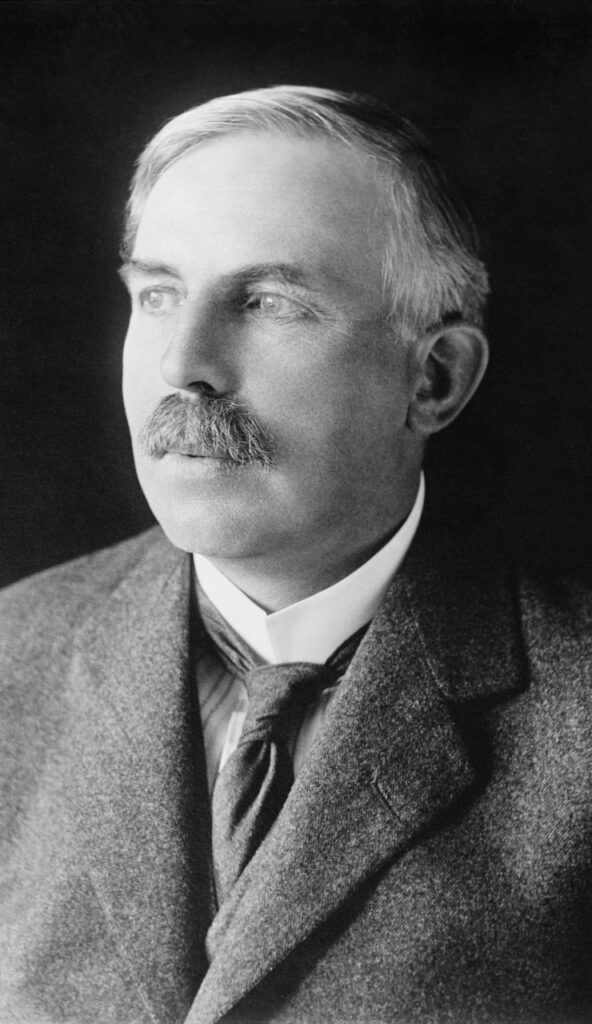
Ernest Rutherford fired alpha particles (helium nuclei) at thin gold foil. Most zipped through. But some deflected wildly, even bouncing straight back. This was utterly unexpected. It shattered the ‘plum pudding’ model of atoms. Rutherford deduced atoms possess a tiny, dense, positively charged nucleus where most mass resides, surrounded by vast empty space and orbiting electrons. He revealed the atom’s structure, the core architecture of matter itself.
5. Millikan’s Oil Drop (1909): Catching the Electron’s Charge
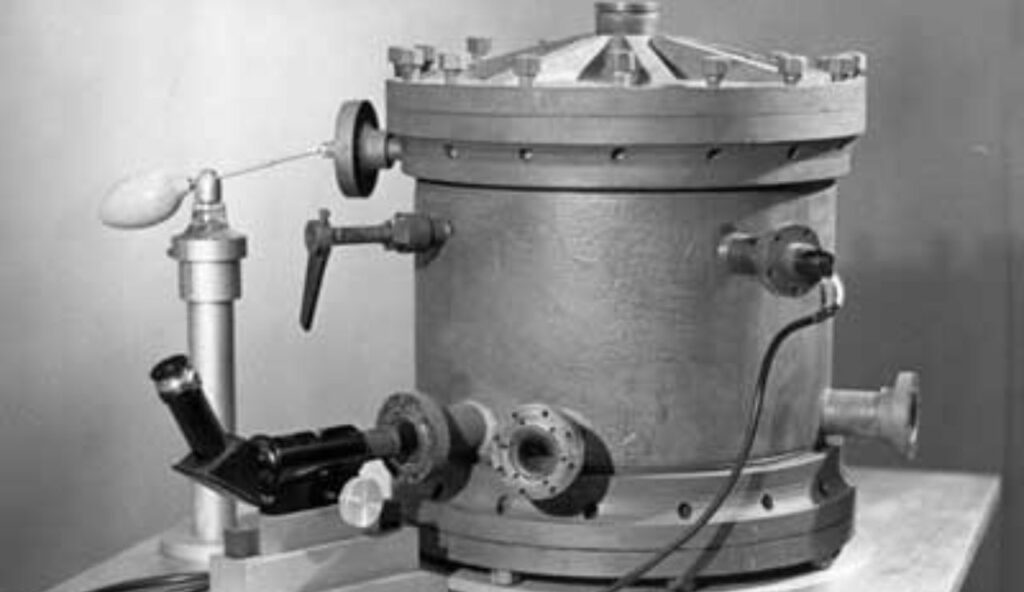
Robert Millikan sprayed tiny oil droplets into a chamber. He precisely balanced the gravitational pull downward against an adjustable electric force pushing up. By watching individual droplets hover, Millikan calculated the fundamental charge of the electron. This meticulous work provided the first precise measurement of a fundamental constant of nature. He pinned down the basic unit of electric charge, proving quantization.
6. Davisson-Germer Confirm De Broglie (1927): Matter Is a Wave
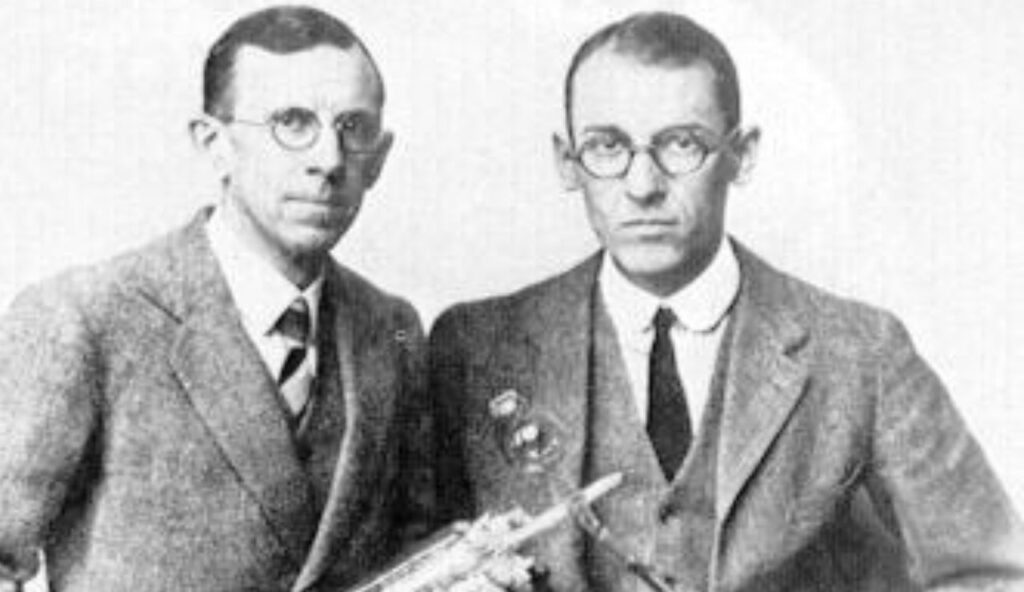
Louis de Broglie proposed a radical idea: particles like electrons could have wave properties. Clinton Davisson and Lester Germer fired electrons at a nickel crystal. The scattered electrons didn’t just bounce randomly; they formed a distinct diffraction pattern. This pattern, identical to how X-rays (waves) diffract, proved electrons behave as waves. The quantum duality of matter became undeniable experimental fact.
7. Chadwick Finds the Neutron (1932): Completing the Atomic Core
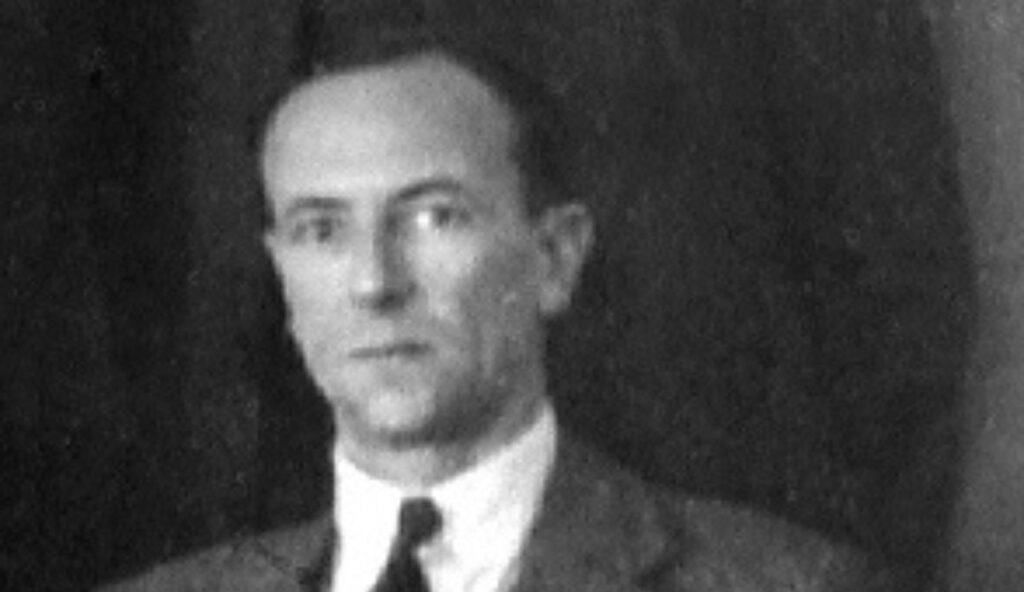
Scientists knew atomic nuclei weighed more than their protons could account for. James Chadwick bombarded beryllium with alpha particles. A mysterious, highly penetrating radiation emerged. He tested it. Unlike gamma rays, this radiation could knock protons out of paraffin wax. Chadwick deduced it was a new, neutral particle with mass similar to the proton: the neutron. This discovery completed the picture of the atomic nucleus and unlocked nuclear physics.
8. Hahn, Strassmann & Meitner Crack Fission (1938): Splitting the Atom
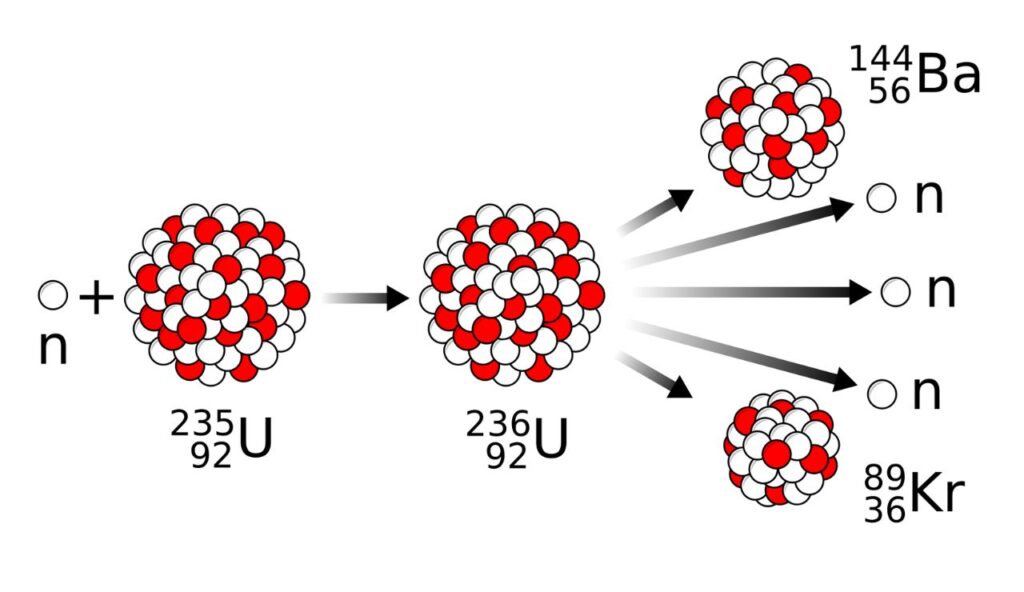
Otto Hahn and Fritz Strassmann bombarded uranium with neutrons. They expected heavier elements. Chemical analysis revealed barium, a much lighter element. Lise Meitner and Otto Frisch, interpreting the results, realized the impossible: the uranium nucleus had split. They calculated the enormous energy release using Einstein’s E=mc². This experiment unleashed the reality of nuclear fission, altering the course of history and energy.
9. The Stern-Gerlach Experiment (1922): Quantum Spin Takes the Stage
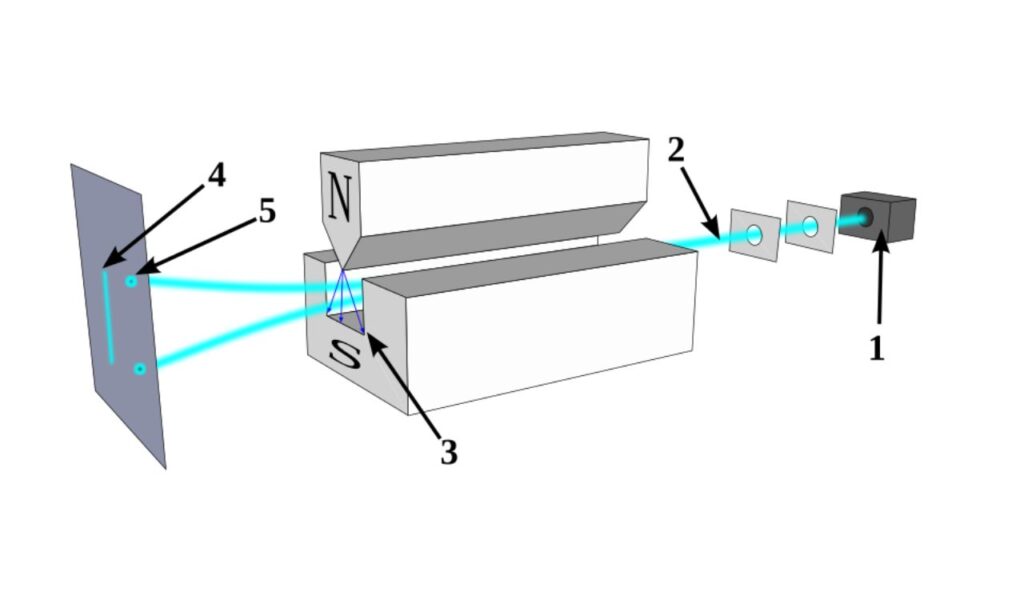
Otto Stern and Walther Gerlach shot silver atoms through an uneven magnetic field. Classical physics predicted a smeared distribution. Instead, the beam split cleanly into two distinct streams. This proved space quantization – the intrinsic angular momentum (spin) of electrons could only point in specific directions relative to the magnetic field. It provided the first direct evidence for quantum spin, a fundamental property governing particle behavior.
10. Penzias and Wilson Stumble On Cosmic Noise (1964): Hearing the Big Bang’s Echo
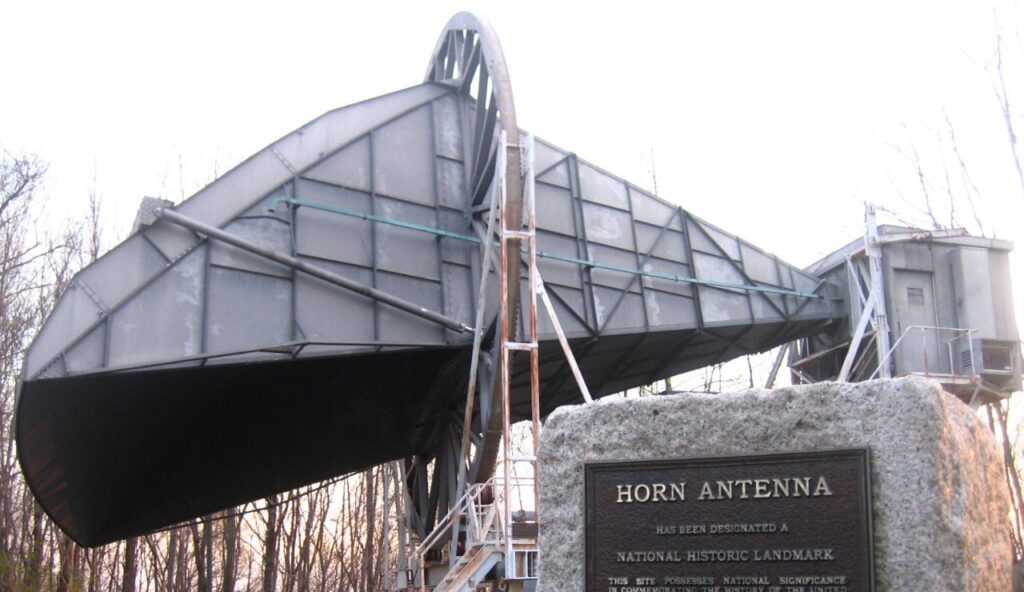
Arno Penzias and Robert Wilson were calibrating a sensitive microwave horn antenna. An annoying, persistent hiss plagued them everywhere they pointed. Eliminating pigeon droppings and radio interference changed nothing. They had accidentally detected the Cosmic Microwave Background (CMB) radiation – the cooled remnant glow from the hot, dense early universe. This faint microwave whisper became the definitive observational proof of the Big Bang theory.
11. LIGO Catches Gravitational Waves (2015): Feeling Spacetime Ripple
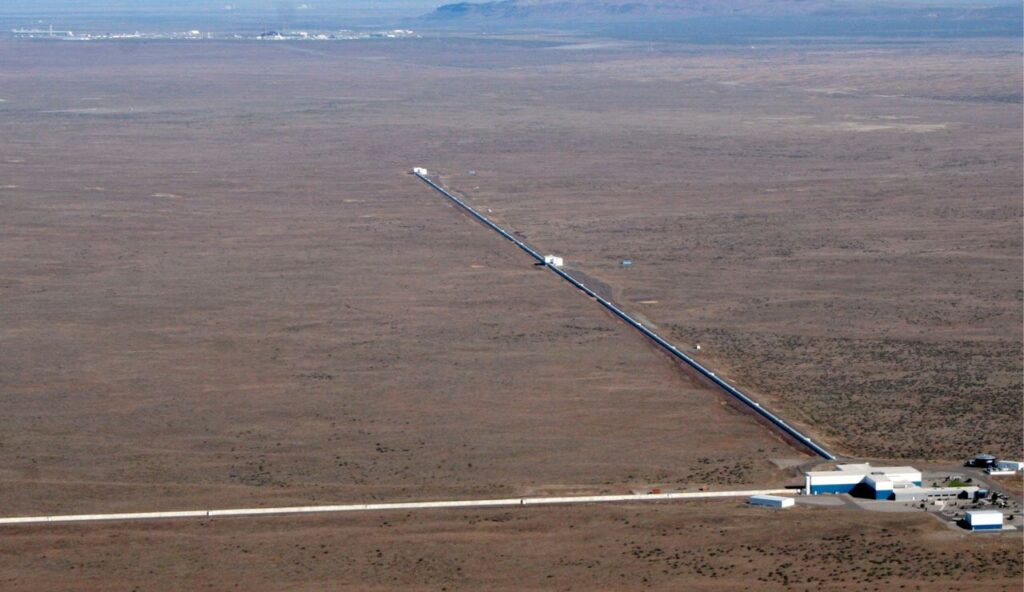
The Laser Interferometer Gravitational-wave Observatory (LIGO) uses two massive, perpendicular 4km arms. Laser beams measure their length with insane precision. In 2015, both detectors registered an identical, minuscule wobble. The pattern matched Einstein’s predictions: gravitational waves rippling spacetime, generated by two black holes colliding over a billion years ago. They opened an entirely new window onto the universe, allowing us to “hear” cataclysmic cosmic events.
12. The LHC Confirms the Higgs (2012): Finding the Mass Giver
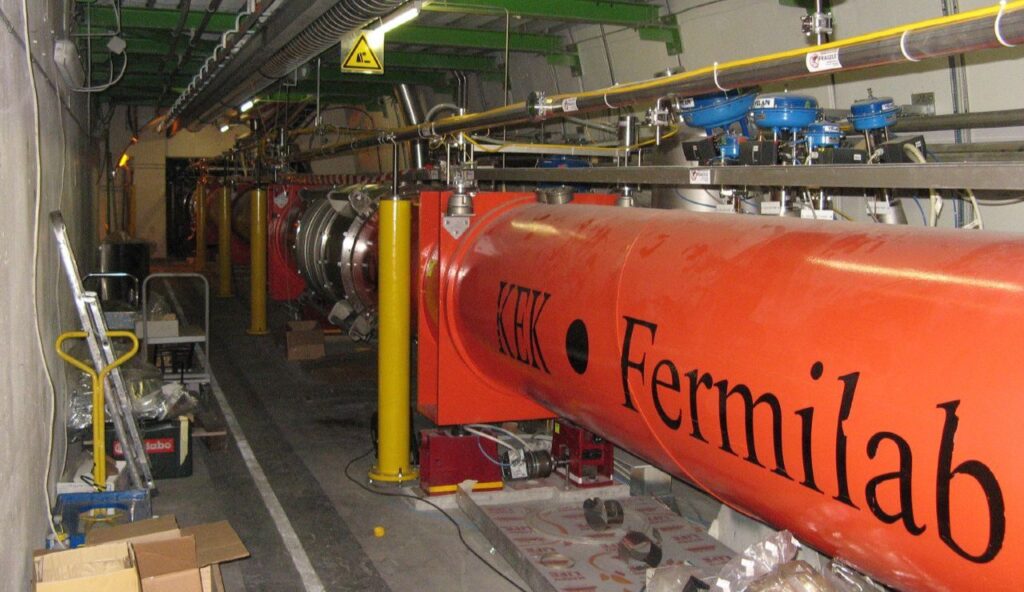
The Large Hadron Collider (LHC) smashes protons together at near light-speed within its 27km supercollider. Analyzing the debris from trillions of collisions, physicists hunted the Higgs boson. Its predicted decay signatures finally emerged. This elusive particle, manifestation of the Higgs field permeating space, explains why fundamental particles have mass. Its discovery completed the Standard Model of particle physics – for now.
